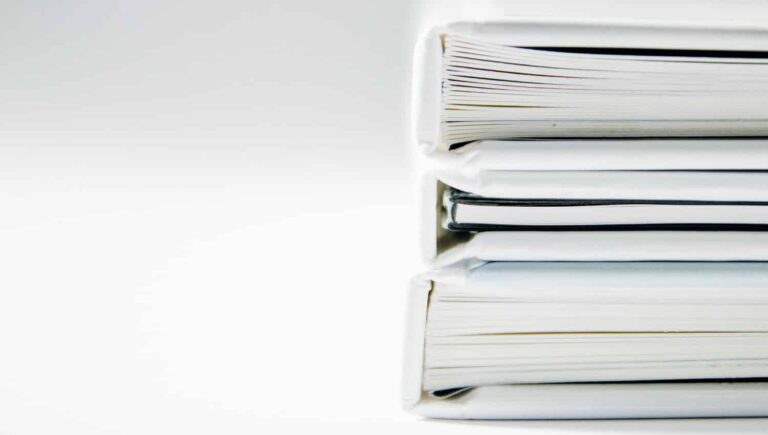Importing Flowers, Chocolates And Jewelry Into The U.S.
Just like the mysterious influx of pumpkin shipments in October, at the start of every February, there is a monumental increase in the purchase of flowers, chocolates, and jewelry in the U.S. If you love the thriving beauty, health, and vigor of delicate flowers, the delicious gooey center of a s’more by a campfire, or the glistening sparkle of a diamond in the warm rays of a sunny day, then this blog is for you. In 2018, you learned How To Import Flowers, Wine, And Diamonds Into Canada. In 2019, you learn how flowers, chocolates, and jewelry are imported into the U.S.
How To Import Flowers Into The U.S.
I see you are interested in importing flowers into the U.S.
When importing flowers the first thing you will want to determine is if any special requirements apply.
If you consult the Cut Flowers And Greenery Import Manual provided by the United States Department of Agriculture (USDA) you can determine what special requirements you will have to meet. The requirements could be different depending on the type of flower, Country of Origin, or even the pest risk assessment. A much easier solution that can save you a lot of time in contacting us to figure out what requirements you will have to meet. Wouldn’t you rather spend more time with your flowers and less time with the USDA?
Next, you need to learn the difference between importing fresh-cut flowers and potted plants.
U.S. Import Requirements For Cut Flowers
First, you will need a complete description of the type of flower. What type of flower is it? (Iris, Rose, Daffodil, Tulips, etc…)
Next, you will need a breakdown of the invoice by type of flower, including;
- The number of stems for each
- The weight of the goods
- The Country of Origin for each
- A separate value for each
What If My Flowers Are In A Bouquet Containing Several Different Flowers?
You will need to break down and list each individual type of flower, number of stems, Country of Origin, and value just as if they were of a single flower.
Declare Containers And Decorative Picks
If the flowers are in a container that can be reused, for instance, a ceramic or glass vase, those will need to be declared with a separate country of manufacture, value, and quantity. In addition, any decorative picks will also need to be identified in the same manner with a separate country of manufacture, value, and quantity. Always give a complete description of the item which includes the type of material the good is made of (glass, ceramic, wood, plastic, etc), how many, and the weight.
U.S. Import Requirements For Potted Plants
- A complete description of the potted plants
- A breakdown of the invoice by type of plant
- How many of each plant
- Weight of the plants
- Country of Origin
- A separate value for each
- Phytosanitary Certificate completed by CFIA after inspection of the plants
What If My Potted Planter Contains Several Different Flowers?
You will need to break down and list out the individual type of flower, number of stems, Country of Origin, and value just as if they were of a single flower.
Declare Containers And Decorative Picks
If the flowers are in a container other than the nursery pot in which they were initially grown, for instance, a ceramic, glass, or willow planter, those will need to be declared with a separate country of manufacture, value, and quantity. In addition, any decorative picks will also need to be identified in the same manner with a separate country of manufacture, value, and quantity. Always give a complete description of the item which includes the type of material the good is made of (glass, ceramic, wood, plastic, etc), how many, and the weight.
Marking
All goods imported into the U.S. must be marked with the country of manufacture.
- The best method is to be molded or stamped into the product.
- Tags can be used so long as they are permanent enough to stay with the item until it reaches the final purchaser and must be visible to the ultimate purchaser.
- Marking of the immediate container in which it is imported as long as it will reach the ultimate purchaser in that container unopened.
In the case of flowers or plants in decorative containers, the container must be marked with the country of manufacture of the container, as well as a marking indicating the country of manufacture of the cut flowers or plants.
How To Import Chocolate Into The U.S.
Food for human or animal consumption is one of the most highly regulated commodities.
Regulated by the U.S. Food and Drug Administration (FDA), the requirements and identity of parties involved or related to imports of food are more than any other commodity.
U.S. Import Requirements For Retail Chocolate
For importing chocolates, you need a complete description of the item being shipped and how it is packaged.
For example:
- Milk Chocolate Peanut Butter Cups – packaged for retail sale in waxed paper cups
- Dark Chocolate 12 oz Candy Bar – packaged for retail sale in plastic wrap
- Milk Chocolate candy bar with peanuts – packaged for retail sale in plastic wrap
- Dark Chocolate filled 12 oz candy bar – packaged for retail sale in plastic trays
When importing chocolates, it is important to identify whether the goods contain peanuts or not and if the candy is in a bar shape, like a Hershey’s chocolate bar, as opposed to a chocolate truffle. You must also advise if the chocolate is filled and if so what it is filled with. It is also important to state if the goods are packaged for retail sale vs bulk packaging.
- Country of Manufacture (Country where the goods are made into a finished product)
- Quantity
- Value
- Both Net and Gross Weight
- Name, Address, and Tax ID number for the U.S. Buyer
FDA Registration number for the FDA Manufacturer of the chocolates – an FDA Manufacturer is the last person that has physical contact with the unpackaged good.
Note: The rules for determining the manufacturer for FDA purposes are different than the rules for determining the country of manufacture for Customs purposes.
Click here to read the entire story: Pacific Customs Brokers Inc.
———————————————————————————-
Previously published February 8, 2019, Misty Gibbins, Pacific Customs Brokers Inc.







